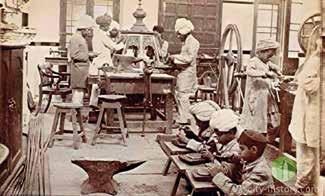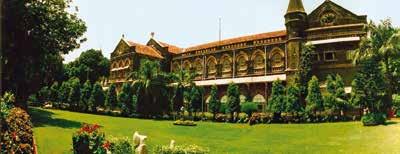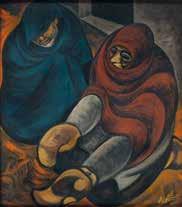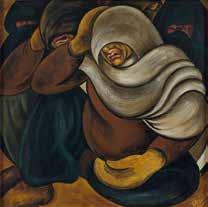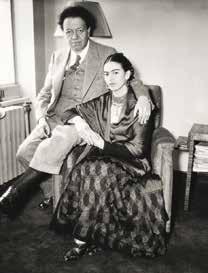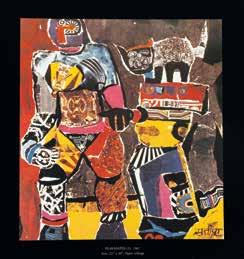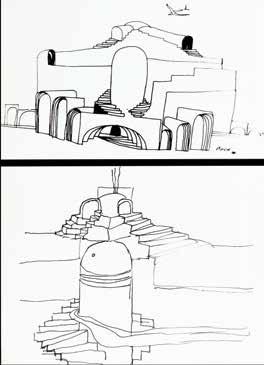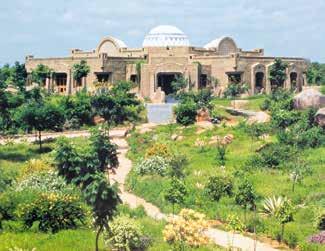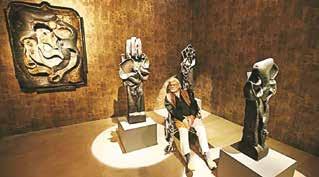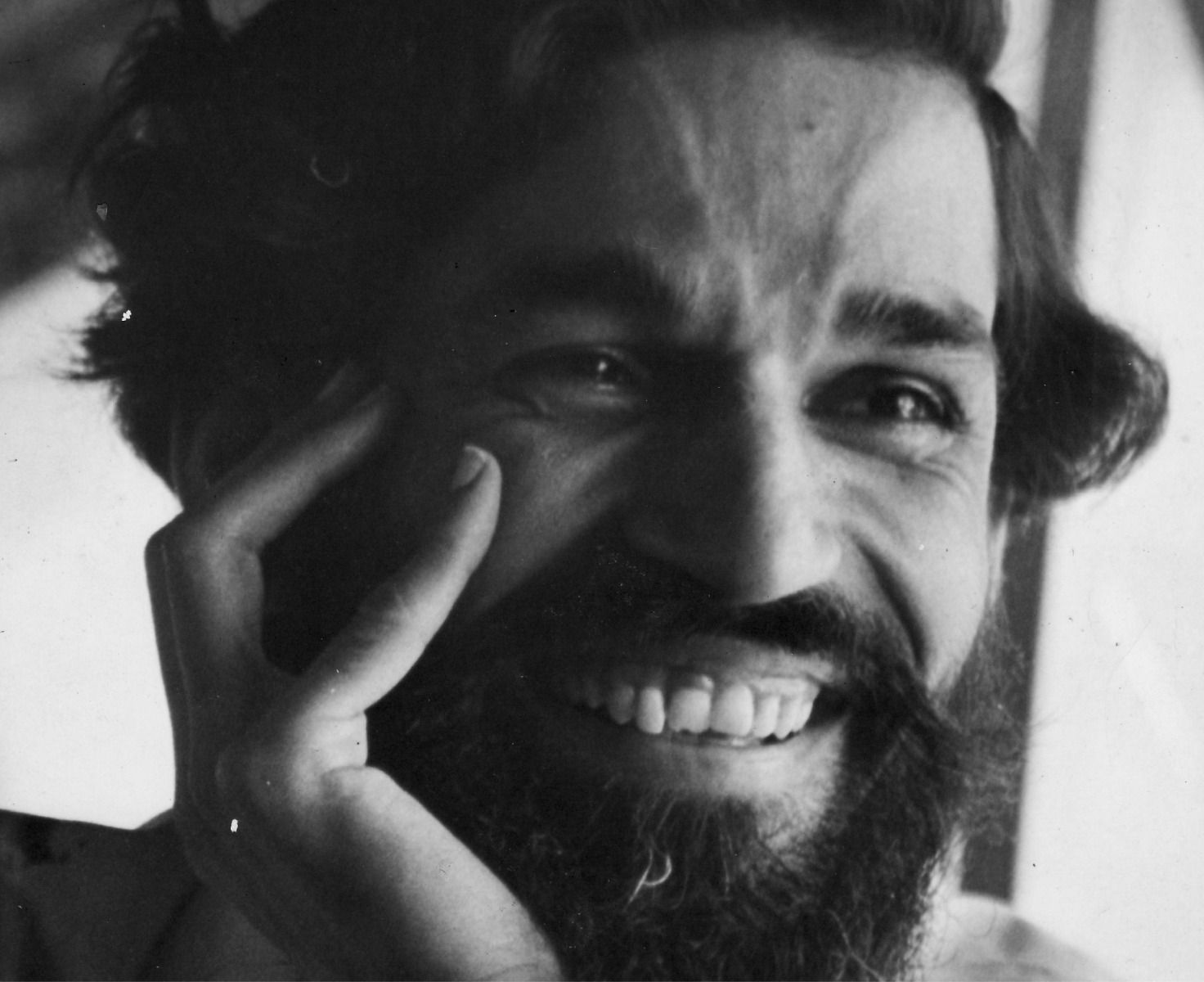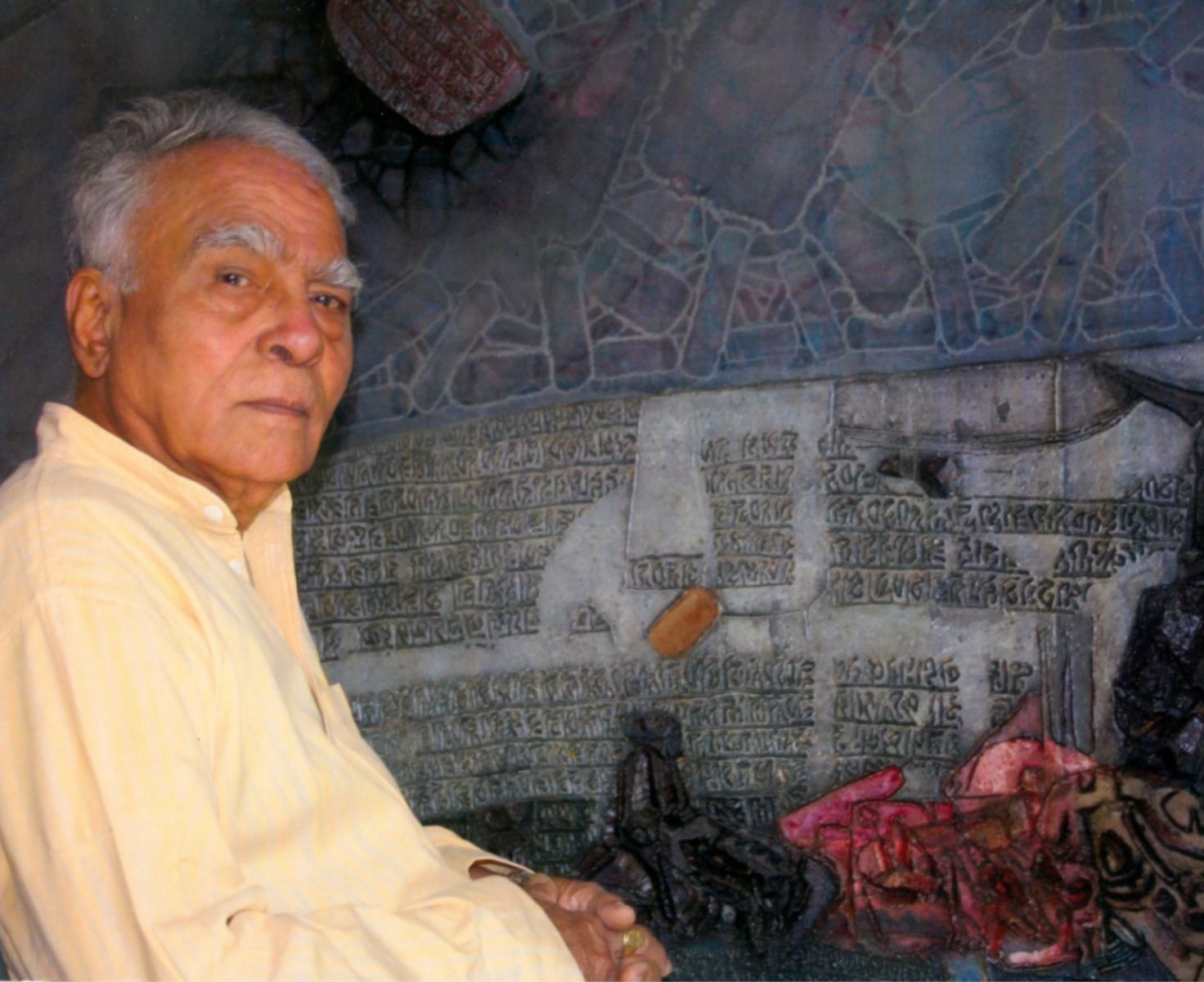Satish Gujral
ARTIST TIMELINE
ARTWORKS
|
1925 - 2020 Satish Gujral |
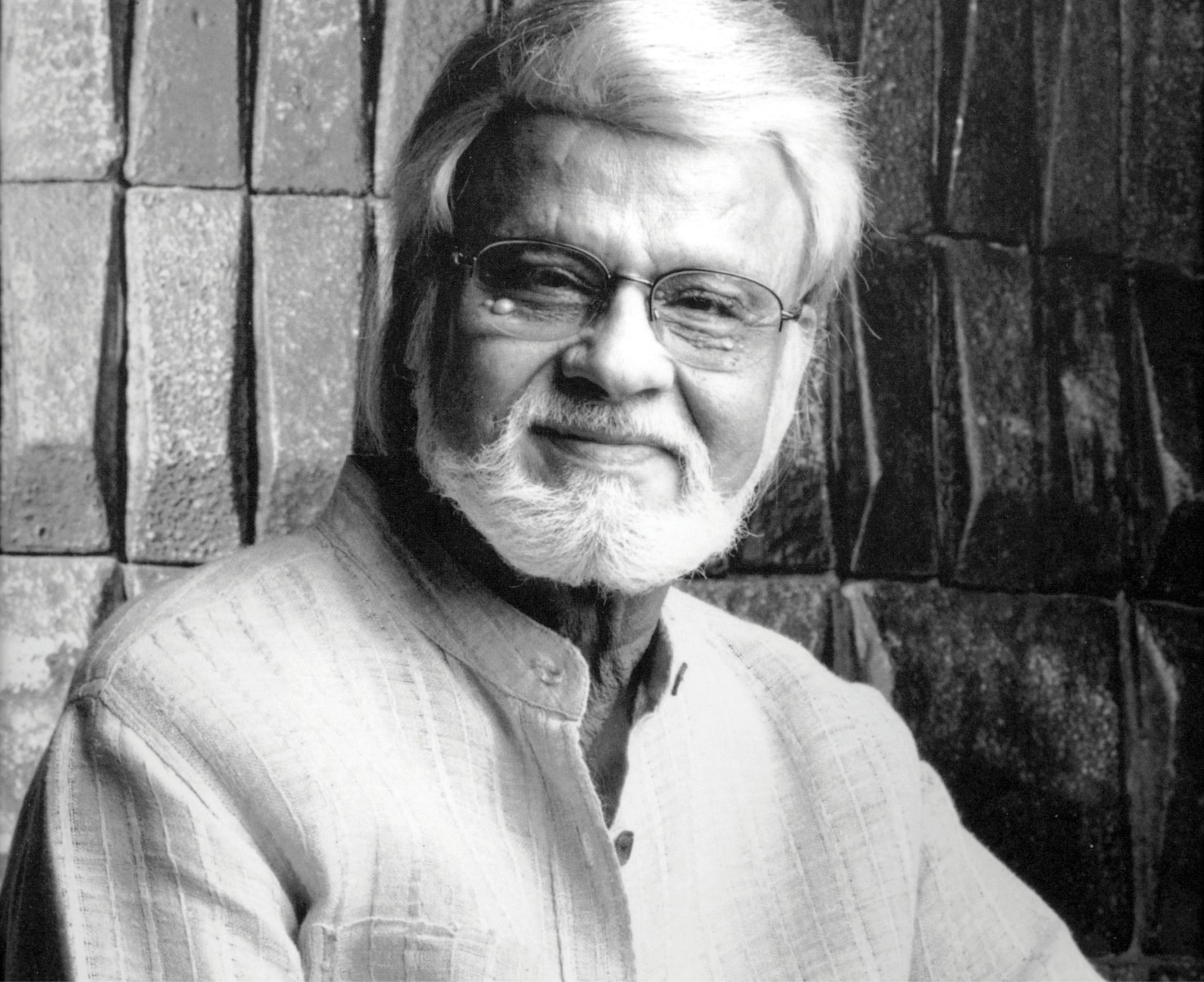
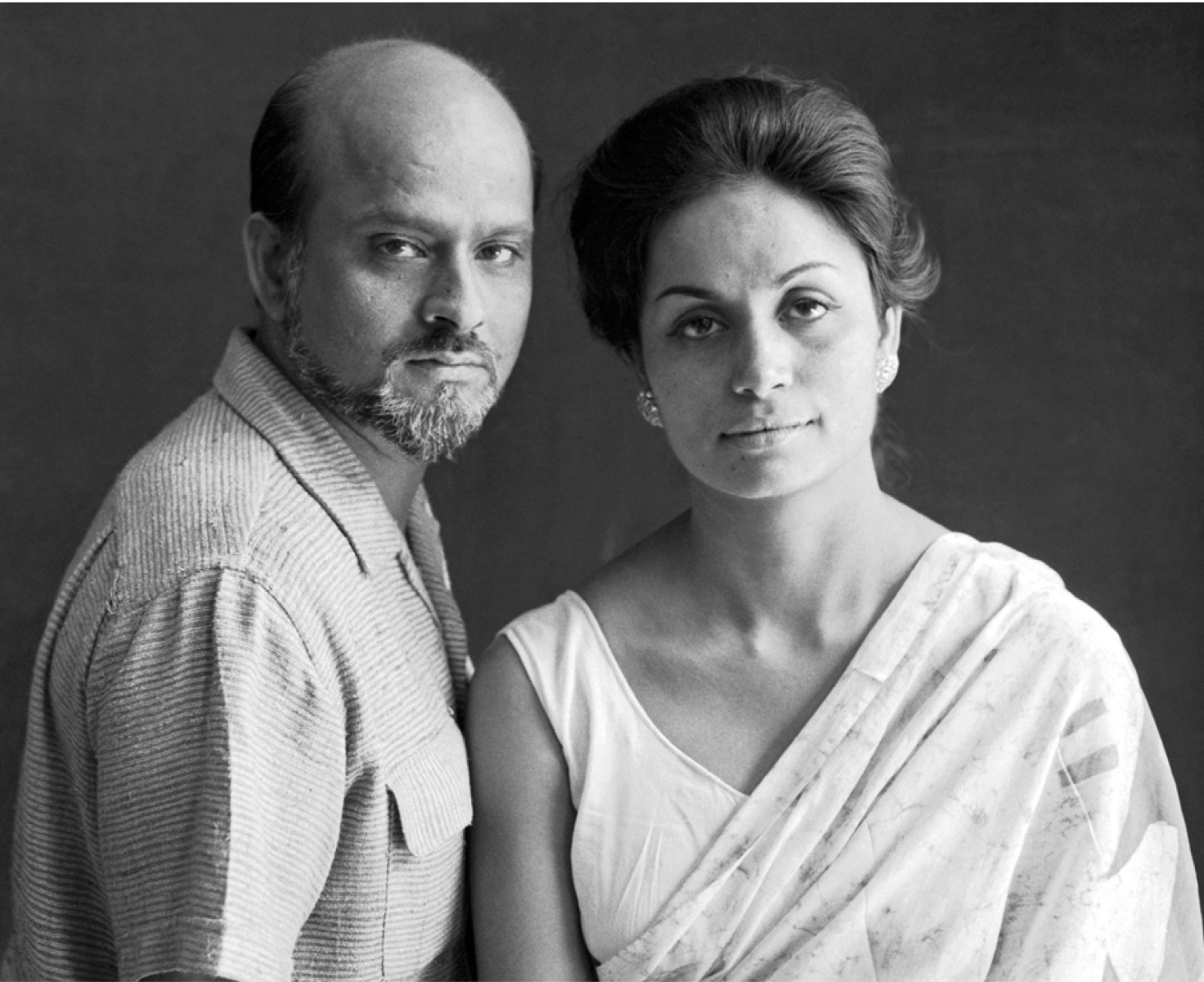
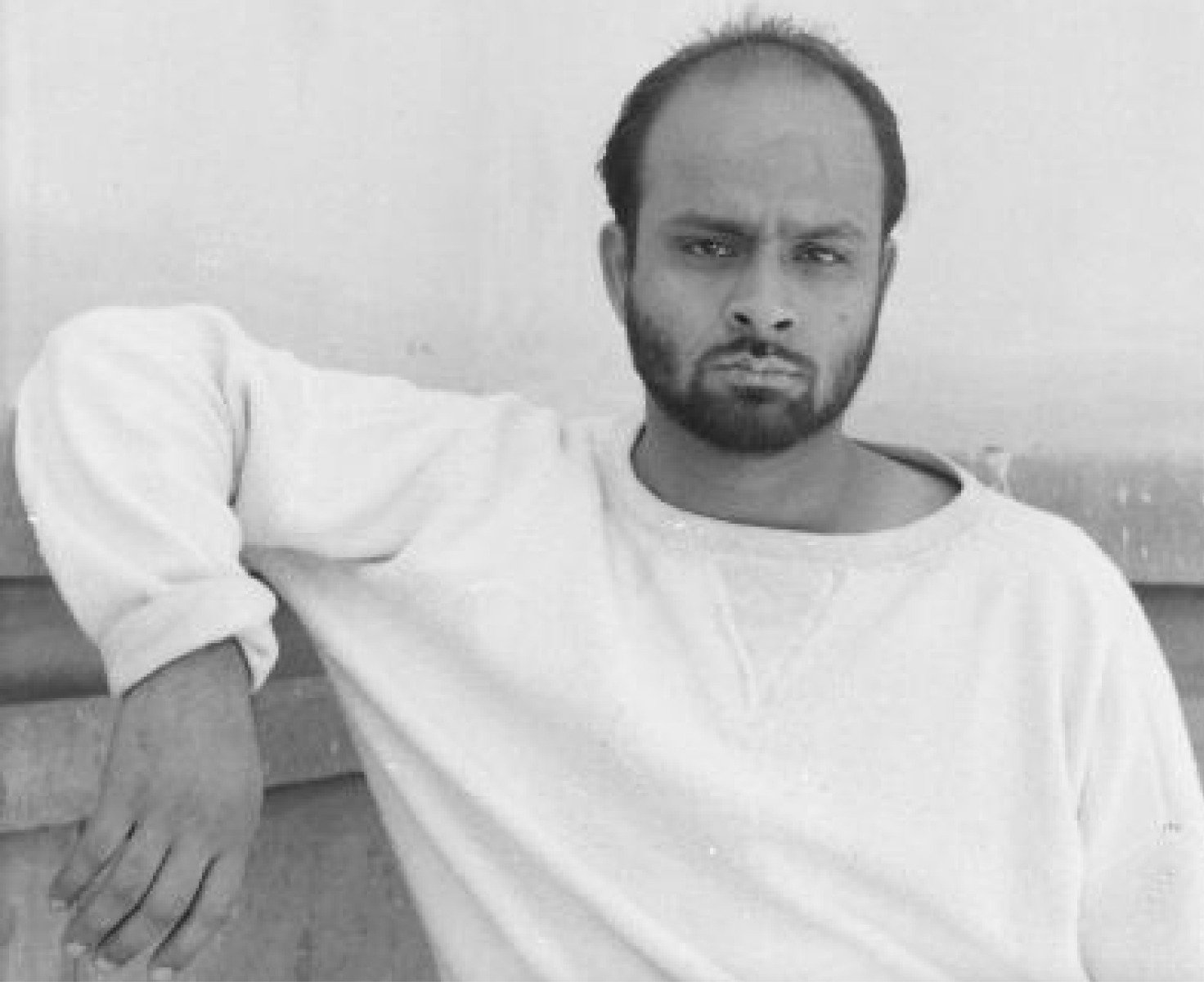
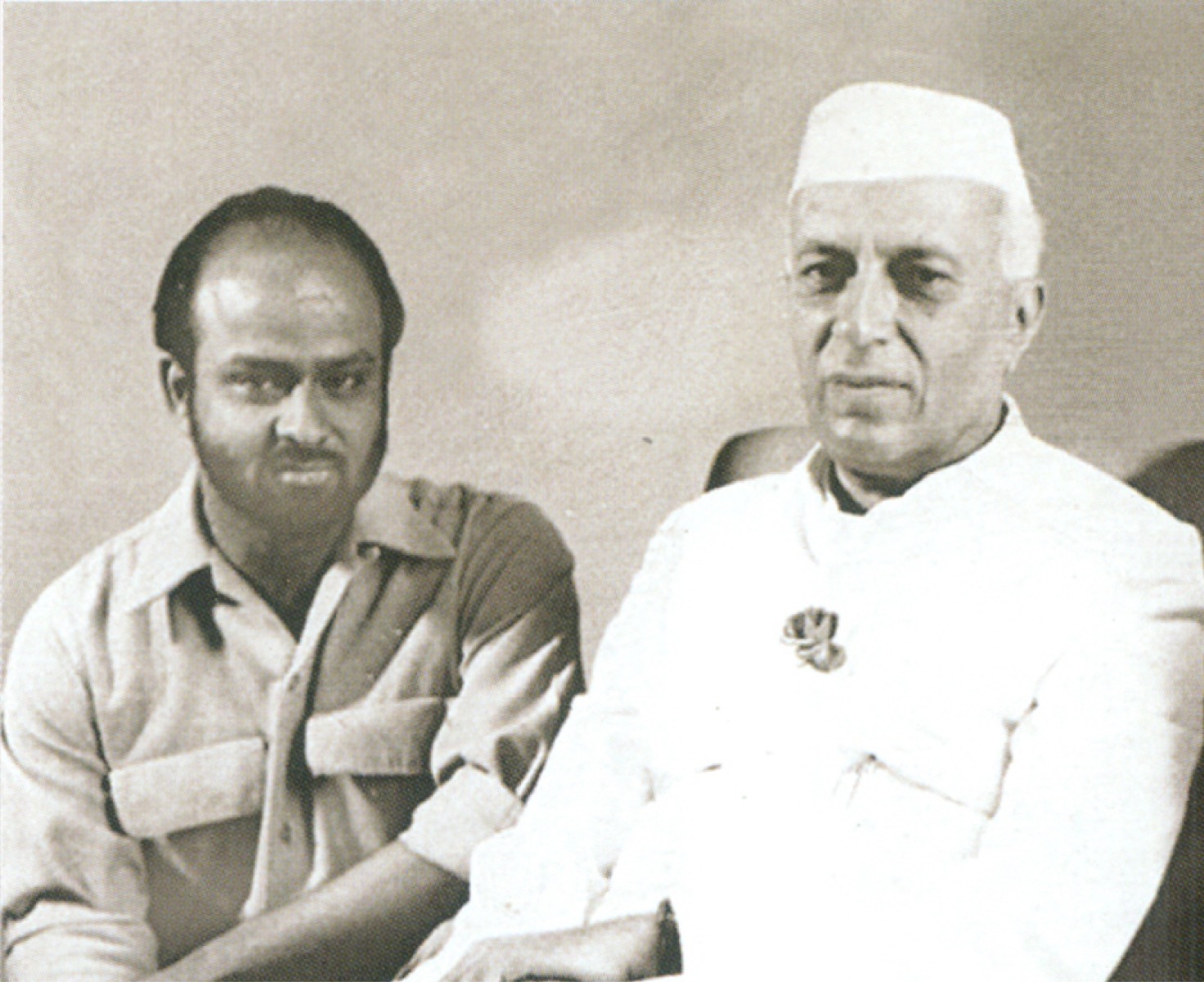
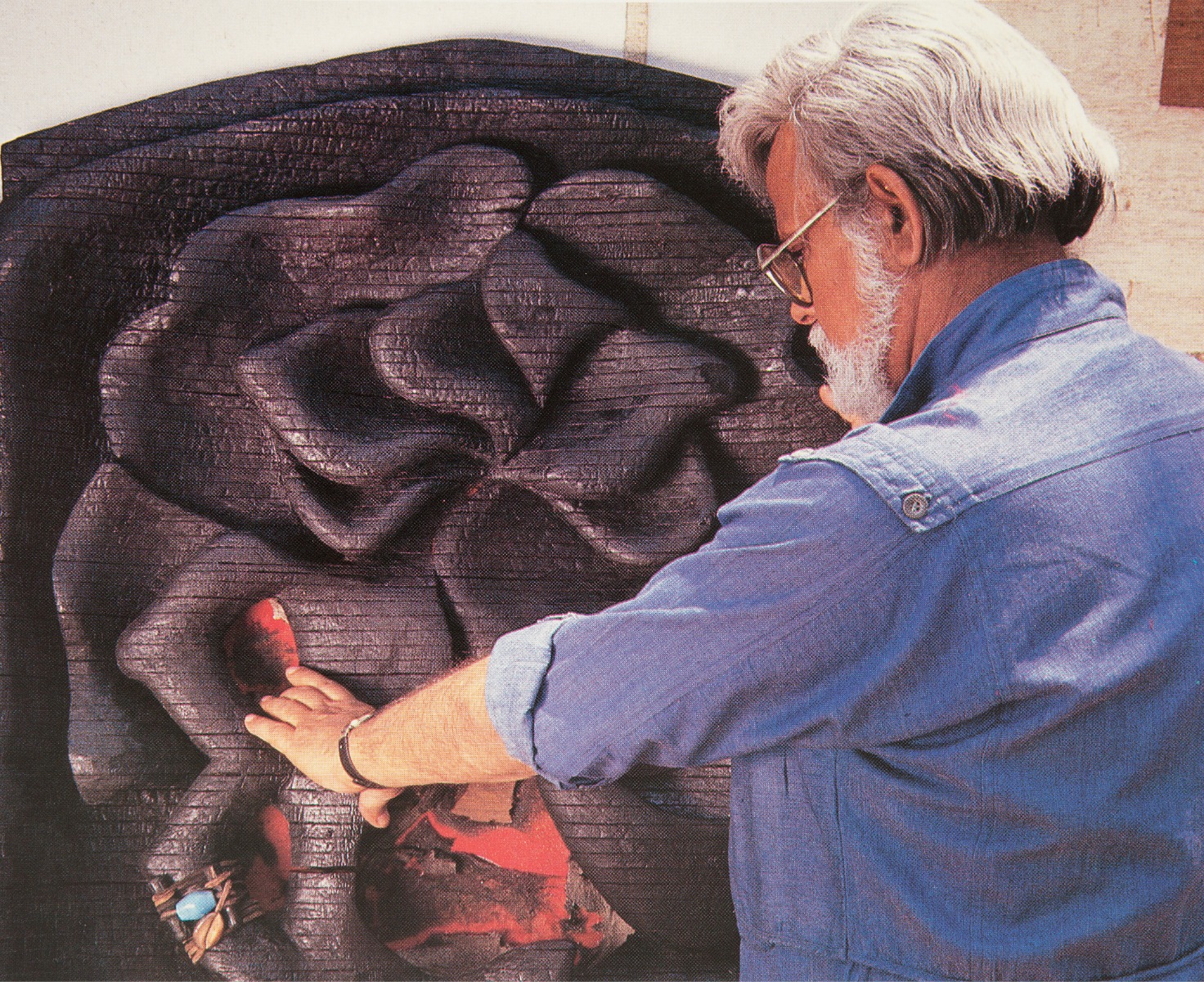

‘Gujral’s pictorial work appears to us to be of utmost importance… We believe that it contains all the essential elements of his nation, the great civilisation of his own country’
DIEGO RIVERA
artist timeline
artworks
dag exhibitions
|
The ‘Manifestations’ series of 20th Century Indian Art, Editions V, VI, VIII, IX, X, XI |
|
DAG, New Delhi and Mumbai, 2011-14 |
|
‘The Printed Picture: Four Centuries of Indian Printmaking’ |
|
DAG, New Delhi, 2012; Mumbai, 2016; alternate locations in Kolkata, 2013; Jaipur, 2017; Chandigarh, 2018 |
|
‘Indian Abstracts: An Absence of Form’ |
|
DAG, New Delhi, 2014; Mumbai and New York, 2015 |
|
‘India’s Rockefeller Artists: An Indo-US Cultural Saga’ |
|
DAG, New York, 2017; Mumbai, 2018 |
|
‘The Sixties Show’ |
|
DAG, Mumbai, 2020 |
|
‘Navrasa: The Nine Emotions of Art’ |
|
DAG, New Delhi and Mumbai, 2020 |
|
‘Iconic Masterpieces of Indian Modern Art’ |
|
DAG, Mumbai, 2021 |
notable collections
|
National Gallery of Modern Art, New Delhi, India |
|
Lalit Kala Akademi, New Delhi, India |
|
Kiran Nadar Museum of Art, New Delhi |
|
Jehangir Nicholson Art Foundation, Mumbai |
|
Tata Institute of Fundamental Research Art Collection, Mumbai |
|
Roopankar Museum of Fine Arts, Bharat Bhavan, Bhopal |
|
Government Museum and Art Gallery, Chandigarh |
|
Museum of Modern Art, New York |
archival media












